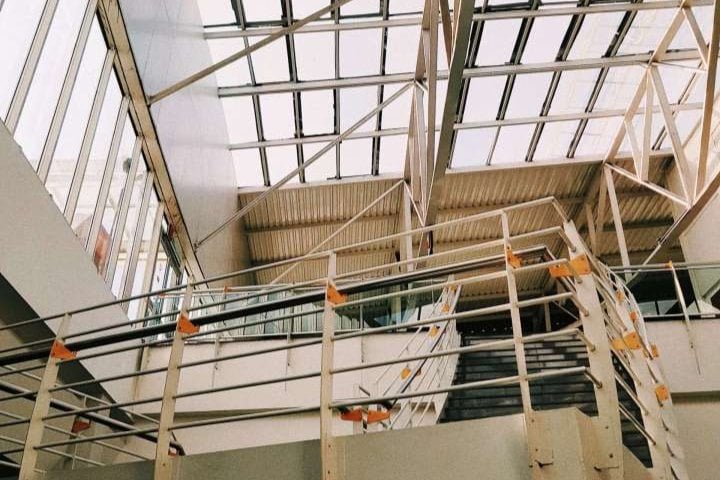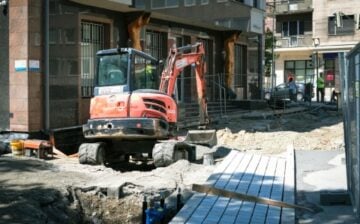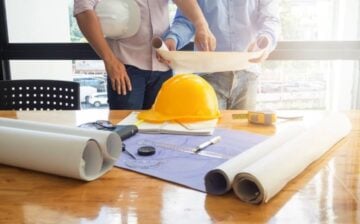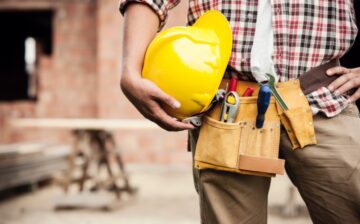
Steel was first used as a building material and framework sometime in the late 1700s. Since then, it has been a popular construction material.
Steel frame buildings continue to remain a frontrunner in the realm of construction. Steel has myriad advantages over other construction materials such as wood.
If you’re going to undertake a building construction project, there are a few things you must know about steel that might influence your choice of framework material.
In this post by Steel and Stud, we look at why steel frame buildings make more sense.
Cost Effective
If you want to save money on construction costs, go steel. Lumber prices continue to fluctuate from season to season. But steel prices have remained consistently low through the years.
On top of that, when you buy pre-engineered parts, you’re expending less construction time. What’s more, due to steel’s higher life expectancy and durability, insurance costs are also much lower compared to the insurance costs of wood-framed buildings.
It’s Easier to Work With Steel In Terms Of Designing
Today, there is a ton of innovative software out there that takes permission, zoning laws, design analysis, and detailing into consideration before designing the frame.
With the help of sophisticated 3-D modeling software, designers can see the final product from different viewpoints and angles before starting with the actual manufacturing.
Once you have the floor plan ready and approved, you can order a pre-engineered framework. The company will structure the design to make sure it meets all the building codes and is in compliance with the law.
Steel Framing Hides Quietly Behind Any Facade
If you’re worried about the steel framing looking like a barn, don’t worry. Today, you have options like stone, glass, brick, stucco, concrete, and several other exterior materials that hide the steel seamlessly for that perfect finish.
You can even leave the columns exposed to create a striking effect.
Improves Usable Floor Space
If you want to go for open space, then go for steel frames. They happen to be strong and light and also allow for the creation of open, column-free space.
Offers Quality and Durability
Buildings with steel frames tend to last longer than regular wood-framed buildings. The reason is apparent. Unlike wood, metal is impervious to molding, shrinking, and rotting. It’s also not prone to damage by termites or ants.
Because the frame is manufactured, there are no splits, knots, or other defects common with wooden products. What’s more, steel structures stand up well against earthquakes, fires, hurricanes, and similar natural calamities.
Steel is Consistently Strong, Unlike Wood
The strength of wooden products depends on the forest they came from and the species of wood. A lot of factors go into deciding their long-term performance. That’s not the same with steel. Its strength depends on the contractor’s expertise.
Steel products are supposed to comply with industry standards. That’s why the strength is verifiable and consistent. It’s manufactured in a highly controlled environment that promises quality so that the product can tolerate all kinds of stresses.
Every single piece is finely drilled, welded, cut, and painted by experts following engineering drawings.
Picking the Right Frame for Your Next Building Project
The Main Frames
Also known as primary frames, mainframes are evenly spaced so they can carry the maximum load of the building. They are divided into two main categories:
I-Beam
You can identify I-beams by their traditional design and looks simply because they are so common. They get their name from their resemblance to the letter ‘I’.
These beams are commonly made in two ways. In the first method, the steel plates are welded together. The second method involves hot rolling the beams.
Open Web
If you want to build a building higher than 300 feet, go for an open web framework. It’s made by interlocking the chords of steel diagonally from top to bottom. The arrangement is more complex to make but also a lot stronger.
Open web framework proves more economical for larger, expansive projects. Stadiums and airports are the most common structures that use the Open Web steel framework.
Need-Based Framework
To pick the right kind of framework, you should first assess your needs. If you’re not sure how to do that, get in touch with a builder. Alternatively, you can use an online calculator that will take into account things like building dimensions, locations, etc. to review your needs.
Also, consider these recommendations:
Clear Span
You should aim for a clear span structure when you’re trying to build a huge and expansive structure such as a hangar or a stadium. In this type of framework, there are no support columns to create a wide-open space. The mainframe design typically consists of multiple frame types.
Modular
A modular framework is ideal if you plan on building a warehouse or a factory purely made out of steel. This type of framework comes with an interior support column to support the boxy structure. But, since warehouses and manufacturing units don’t always need open spaces, this shouldn’t be a problem.
Bottom Line
As you can see, steel is a highly versatile and promising material for building almost all kinds of buildings. Hopefully, this guide will nudge you in the direction of picking steel for your next construction project.
We hope you found this blog post Reasons Designers Choose Steel Buildings useful. Be sure to check out our post Ways to Make Your Construction Project Green with Metal Buildings for more great tips!
Have Experience in the Moving Industry? Want an Additional Income Stream? Work With All Around Moving!
Partner with us and we’ll help you profit. Click here to learn more.





